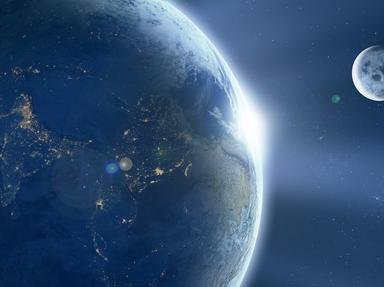Quiz Answer Key and Fun Facts
1. While most of the moons in our galaxy are named after mythological characters, which planet has moons named after characters from the works of William Shakespeare and Alexander Pope?
2. Kerberos, Nix, and Hydra are three of the moons of which of the following astrological bodies?
3. The planet Venus has two moons that are almost as large as the planet itself.
4. The moon Titan is the largest moon of which of the following planets?
5. What are the moons of Neptune named after?
6. What are the names of the moons of the planet Mars?
7. At the turn of the 21st century, which of the following moons emerged as being a top contender for having some type of extraterrestrial life?
8. Ganymede is the largest moon in the solar system and is actually larger than the planet Mercury.
9. What kind of feature are Franz, Lyell, and Taruntius, which can all be found on our moon?
10. Dysnomia is the moon of which of the following dwarf planets?
Source: Author
dcpddc478
This quiz was reviewed by FunTrivia editor
rossian before going online.
Any errors found in FunTrivia content are routinely corrected through our feedback system.
